From the perspective of China's market size, the production and sales of new energy vehicles in November 2017 reached 122,000 units and 119,000 units respectively; from January to November, the production and sales volume of new energy vehicles in China respectively reached 639,000 units and 609,000 units. Reached 49.7% and 51.4% respectively.
From the perspective of the global market size, China’s new energy vehicle production reached 517,000 units in 2016, and its production and sales volume ranked first in the world for two consecutive years. The cumulative promotion volume exceeded 1 million, accounting for more than 50% of the global market, and it is absolutely global. leading position.
It is estimated that in 2018, major automobile manufacturers in the world will increase the market layout of China's new energy automotive industry through various means and approaches. China's new energy auto market will continue to maintain rapid growth, especially in the global market.
With the formal introduction of the “double-integration†policy, the revision of the guidance list for foreign investment industries, and the gradual implementation of measures by some of China’s auto companies to formulate timetables for restricting fuel vehicles, new energy vehicles are expected to usher in rapid growth. It is expected that the increase in the production and sales of new energy vehicles nationwide will reach 45% in 2018, and the annual sales volume will reach 1.05 million.
From the perspective of corporate energy sources, pure electric vehicles are the main direction of new energy market growth. In 2017, pure electric vehicles accounted for approximately 83% of the country's new energy vehicle sales. It is expected that the main technical route of pure electric vehicles will not change in 2018.
At present, China’s new energy passenger vehicles are dominated by autonomous vehicle brands. In 2018, China’s new energy automotive industry will enter a period of rapid development from the market cultivation period. In 2018, the market for new energy automobile passenger vehicles will further expand, and independent automobile brands will continue to expand. Maintain the market leadership for new energy vehicles.
From the current understanding of some of the situation can be seen, 2018 new energy vehicle subsidy policy will be more stringent, in particular, the implementation details of the subsidy is more clear and more detailed, the overall showing does not make up for the situation, the future is likely to follow the pure Electric voyage mileage redefine the amount of subsidies. The national new energy vehicle subsidy has been the dominant force in the development of the industry. It will gradually be transformed into an auxiliary force in the future.
In addition, the addition of emerging vehicle builders has a great impact on the market structure of traditional car companies. In 2018, the competition between the two will become more intense. At the same time, the implementation of the "double-integration" policy is more conducive to the healthy development of the new energy automobile industry in the future.
The development trend of new energy vehicles in 2018 is clear, but it also needs to pay attention to the following issues.
First, the level of key technology innovation needs to be improved. Power batteries Compared with developed countries such as Japan, South Korea, and the United States, China's power battery technology has not yet achieved a revolutionary breakthrough, and industrialization of hydrogen fuel cells, solid-state batteries, etc. has not formed an effective layout, and the overall performance of vehicles and pure electric vehicle products Positive development platform and vehicle intelligence and information needs to be improved.
Second, the construction of charging facilities could not meet the demand for the coordinated development of vehicle piles. At present, the number of charging piles is insufficient, the layout is irrational, maintenance is not in place, especially difficult to build piles in old communities, zombie piles appear in many areas, these are the bottlenecks restricting the promotion and application of new energy vehicles.
Third, the problem of recycling and utilization of power batteries needs to be seriously addressed. According to the development plan, by 2020, the number of new energy vehicles in China will exceed 5 million, and the scrapping of batteries is expected to reach 248,000 tons, which is 20 times the amount of scrapped in 2016. At present, the overall level of recycling of waste power batteries in China is relatively low and waste of resources is serious.
Fourth, the industrial development environment needs further improvement. The promotion and demonstration role of new energy vehicles is not sufficient, especially in the public and private sectors. Relevant policies Top-level design and overall planning There is a lot of work to be done, and there is room for improvement in the convergence of national and local policies. Issues such as the issue of parking for public rental, the mode of changing electricity, management problems of vehicles, and local protection have yet to be solved.
In response to the above issues, we hereby make the following recommendations:
First, accelerate the innovation of key components and vehicle technology. As soon as possible to form the power battery innovation technology center supply capacity, and vigorously implement the lithium power upgrade project to achieve the goal of performance and cost reduction of the power battery in 2020; to strengthen frontier technology research and development and forward-looking layout, especially high-speed motor, distributed drive, intelligent control, perception Decision-making and other cutting-edge technologies.
Second, further increase the construction of charging infrastructure and accelerate the development of advanced charging technologies. Support charging companies to innovate commercial profit models, encourage the development of crowdfunded construction, encourage charging service companies to develop commercial cooperation with vehicle companies, realize the coordinated development of vehicle pilings, explore franchise models, attract professional charging operators to take charge of maintenance, and Accelerate the issuance of documentary rules for the community's charging piles and supporting erection piles, clarify the relevant rights and responsibilities of the main body, and further solve the problem of charging piles into the community.
Third, accelerate the construction of a power battery recycling management system. Formulate relevant laws and regulations on the recovery, transportation and storage of used power batteries as soon as possible, implement the battery coding and traceability system, construct a power battery recycling management system, actively implement the producer responsibility extension system, and increase consumer awareness of waste battery recycling through the deposit system. Promote the commercialization of power batteries, including the formulation of motivational implementation rules for power battery recycling companies to ensure the economic efficiency of recycling companies; explore shared sharing modes such as power battery recycling benefit evaluation and Internet+power battery recycling.
Fourth, establish and improve a sustainable and long-term development mechanism for new energy vehicles. Dynamic adjustment of financial subsidies, strengthening supervision of subsidy funds; steadily implementing double-credit management methods, studying economic incentives for new energy vehicle point transactions, activating trading markets, establishing a unified national market for new energy vehicles, breaking local protection, and strengthening central and local policies The overall plan will guide local financial subsidies from the encouragement of purchases to the transition to supporting charging facilities, charging costs, and charging and parking fees.
Scissor Jack is a little on-board and handful tool,which is a neccessity for cars on trip, travel and long journey.
Scissor jack can be used at any time when a flat tire needs to be changed or repaired.
Scissor jack is easy to lift up the car by rotating the screw rod for circles.
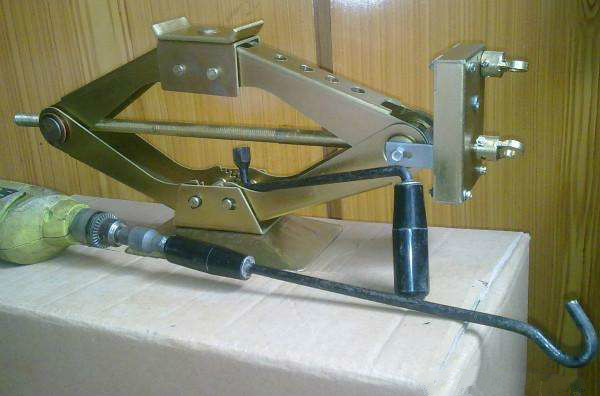
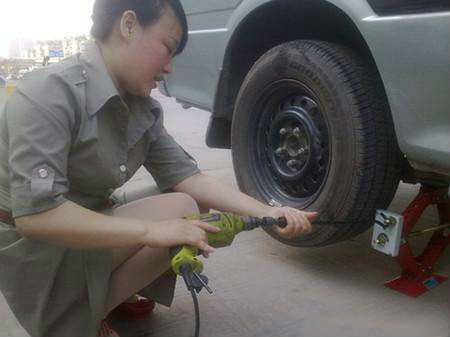
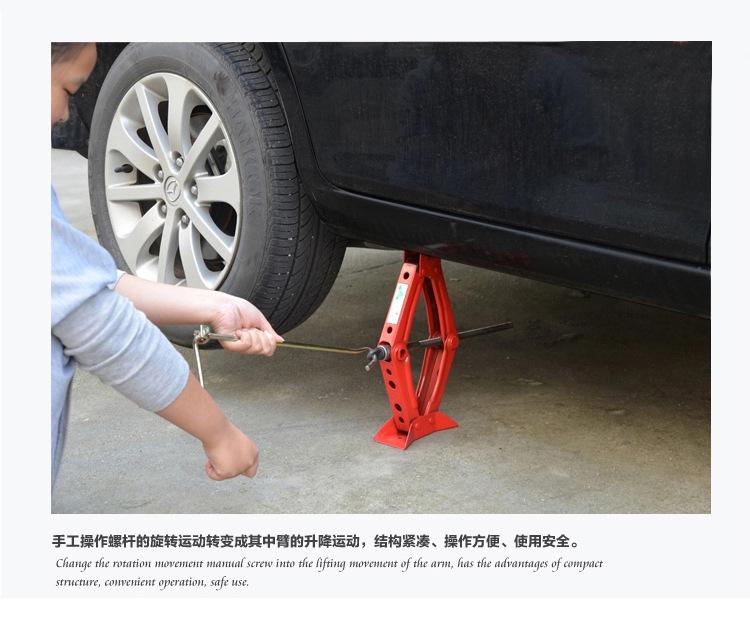
About us
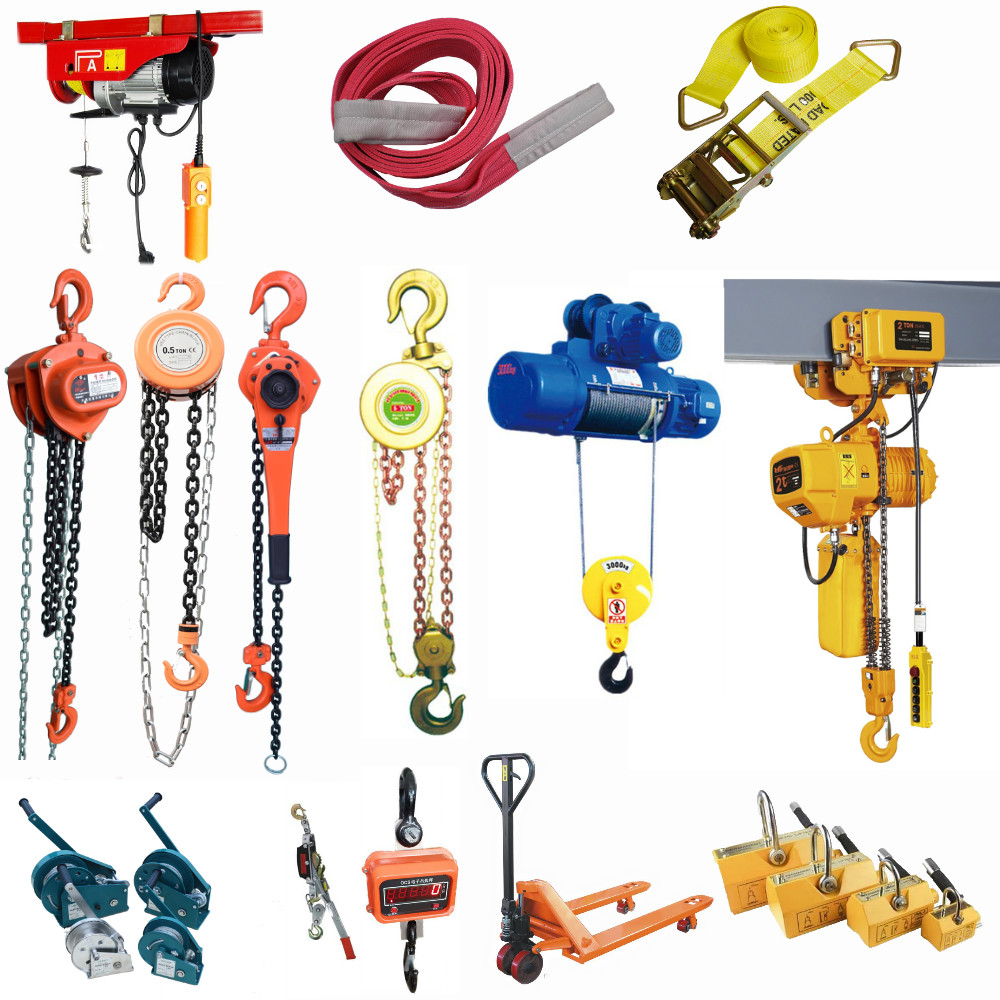
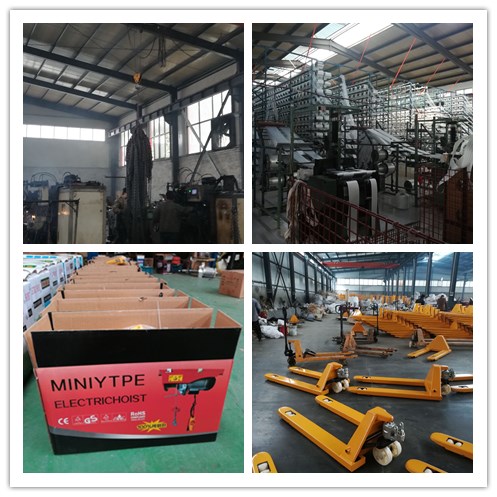
Contact us
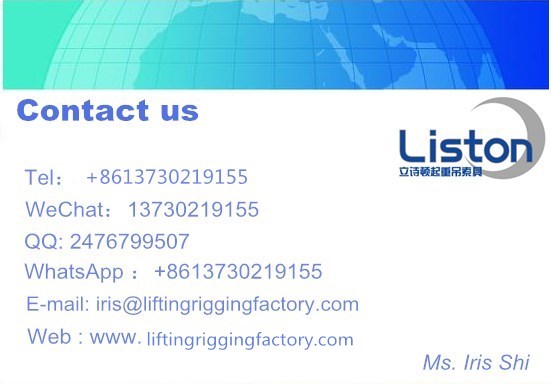
Scissor Jack
Scissor Jack,Mini Scissor Jack,Scissor Car Jack,Car Lift Jack
Hebei Liston Lifting Rigging Manufacturing Co., Ltd. , https://www.liftingriggingfactory.com
![<?echo $_SERVER['SERVER_NAME'];?>](/template/twentyseventeen/skin/images/header.jpg)